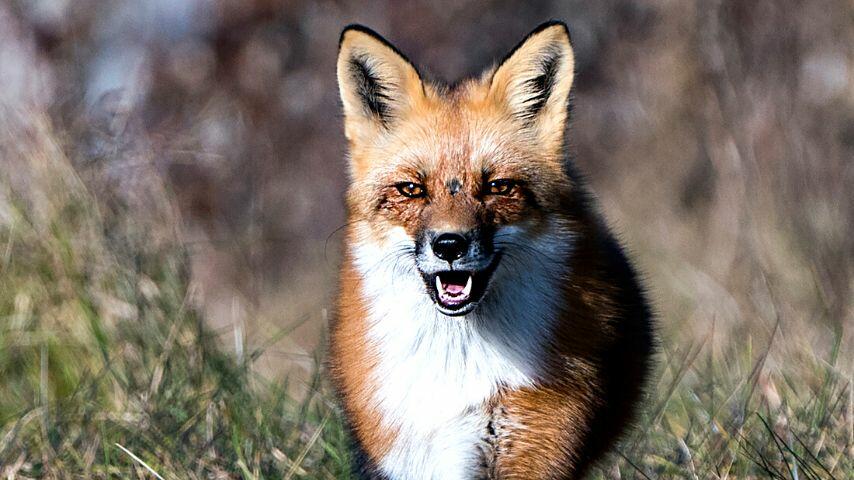
Foxes
People know foxes for their remarkable cunning. They are regarded as skillful hunters that can successfully spring an attack on unsuspecting prey at a moment’s notice.
Of course, there’s more to them than just its hunting capabilities. If you take the time to study them, you’ll find that they are remarkable creatures.
Let us take this opportunity to go in-depth on the fascinating animal so we can learn more about the characteristics that help define them.
Foxes
Foxes can survive in a wide range of environments including grasslands, deserts, and even urban settings. Their resilience can be attributed to their diverse diet. They like to be by themselves when hunting, but they still belong to social groups. Female foxes can give birth to a litter of 3-5 cubs.

Classification/Taxonomy
They belong to the kingdom Animalia and the phylum Chordata. They are categorized under the Mammalia class and the order Carnivora.
These animals are grouped into the Canidae family. Also included in the Canidae family are wolves, jackals, coyotes, and dogs.
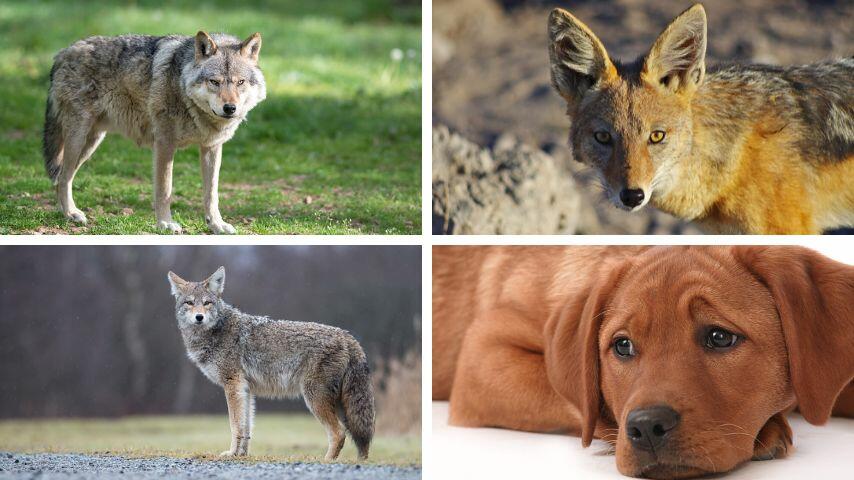
They are classified under the genus Vulpes. According to the University of Wisconsin-La Crosse, the animals that fall into the Vulpes genus are known for skulls that are smaller and flatter relative to other members of the Canidae family.
Members of the genus Vulpes are also distinguishable based on their tails. You’ll find that the tip of its tail is colored differently from the rest of its coat.
The area around its eyes and nose also features distinctive markings.
Size
Foxes are relatively small animals.
Upon reaching adulthood, it ends up around 18 to 34 inches tall. Some species may also fall a bit short of that range.
In terms of weight, the range for an adult goes from 7 to 30 pounds.
Habitat/Geography
They are found throughout the globe.
The red fox is the dominant fox species in North America and it has also made a large imprint on Africa and Europe.
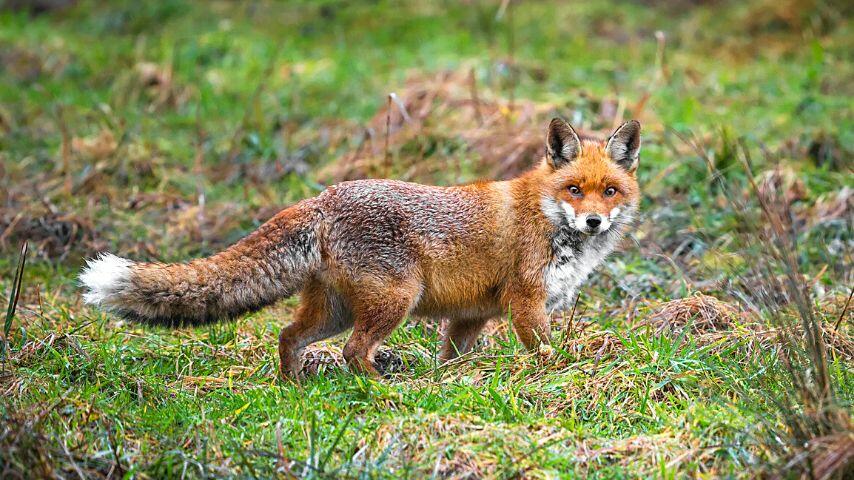
In South America, people are likely to run into gray foxes while exploring the wilderness.
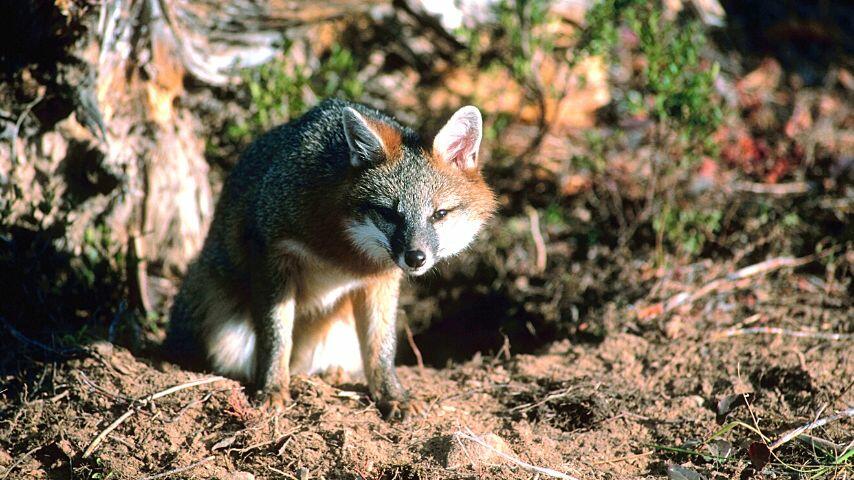
So, which habitats do they specifically seek out? Remarkably, they can comfortably live in different types of environments.
Grassland areas are popular habitats.
The small mammals that they love to hunt are commonly found in grasslands. They also love hunting in those environments because the tall grasses provide plenty of cover.
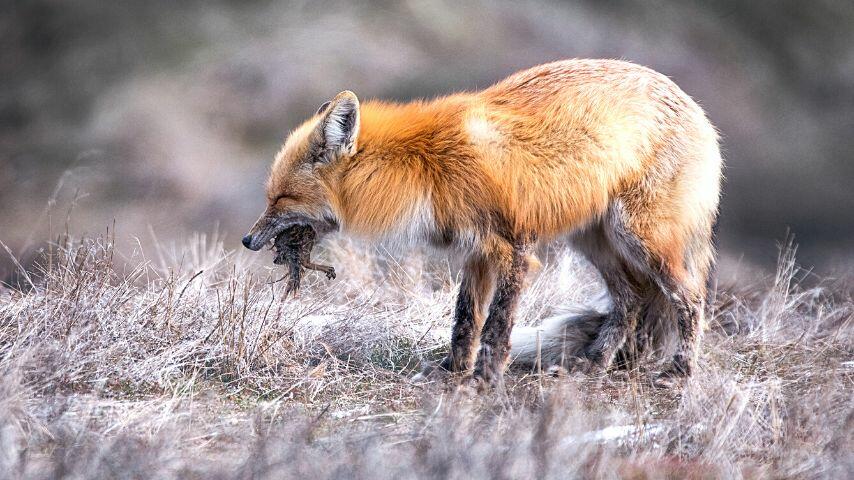
Many have also taken up residence in forests.
Forests are tougher hunting grounds for them because they also have to be wary of more predators. The trade-off for them is that forests provide a near-boundless amount of food.
Deserts are also suitable living environments for these creatures.
Foxes that live in the desert tend to be nocturnal creatures. That allows them to hunt for food without exposing themselves to harsh temperatures.
Out in the wild, they will burrow into the ground to create dens. They will stay there most of the time and only come out if they need to hunt.
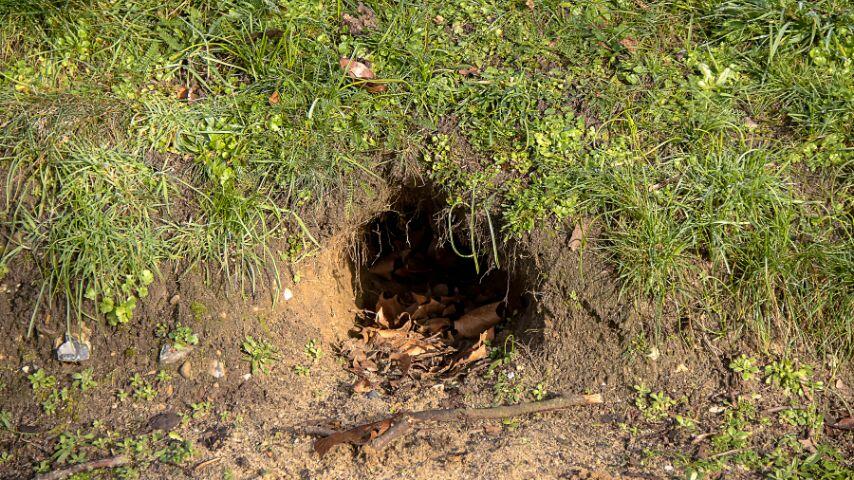
Increasingly, we are also seeing more move into urban environments. Although they don’t exactly live in the city, they still stay close enough to forage for food in garbage containers.
One of the reasons why they have thrived all over the world is because of their ability to live in various habitats. You can literally place them anywhere and they’ll still have a good chance of survival.
Diet
Diverse is an adjective that can be used to describe both its choice of habitat as well as a fox’s diet. These cunning creatures are omnivores that can gain nutrition from various sources.
They mainly prefer protein so they will hunt down small mammals such as rabbits, gerbils, and squirrels. Small mammals are not the only potential sources of protein for it.
The aforementioned predators will also go after reptiles and amphibians that are small enough for them to overpower. Frogs and lizards are notable examples of that.
You will also find foxes that hunt down birds and insects. Some will even approach bodies of water in search of fish to eat.
If they cannot hunt successfully, they can fall back on fruits and vegetables. Foxes will eat berries, apples, and leafy vegetables to get the nutrients they need.
Specimens that live in urban areas have also developed a taste for our leftovers. Those animals will also feed on your pet’s food if given the chance.
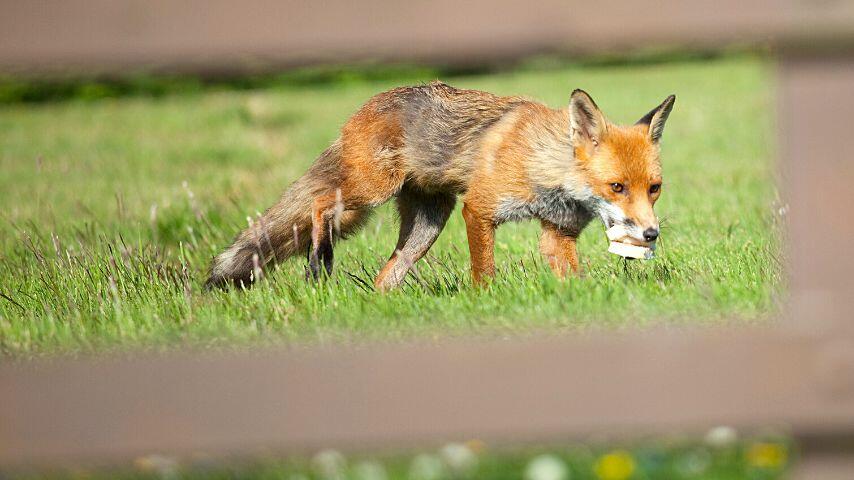
Behavior
Similar to other Canidae family members, foxes adhere to social hierarchies. While observing a group, you will notice certain members being submissive to others.
Interestingly, they remain solitary hunters despite being involved in social groups.
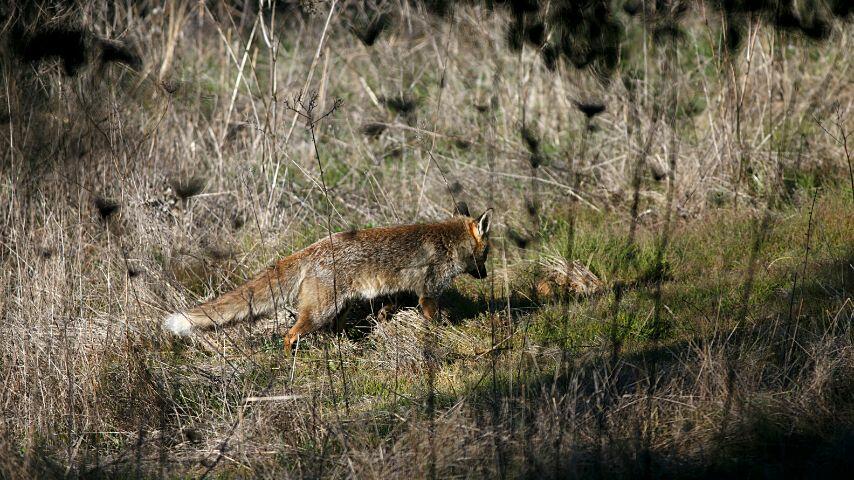
Most prefer to hunt under the cover of night. It is also common to see them out and about near the break of dawn or just before the sun sets as they take like to take advantage of the low-light windows to get the jump on their prey.
They also enjoy playing around every now and then. They may engage in play-fighting with other group members.
Offsprings
The mating season occurs during the winter. After a female is impregnated, she will go through a gestation period that may last for about 50 to 70 days.
The average litter size for a fox is 3 to 5 cubs.
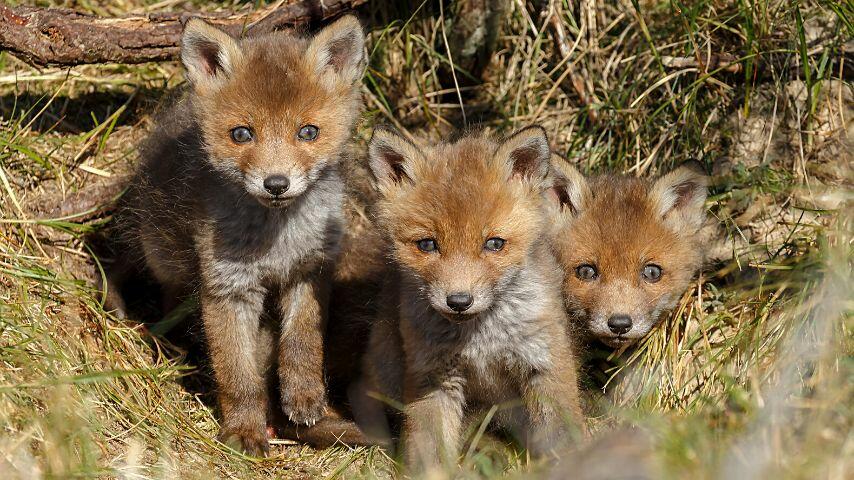
Both parents will also watch over the cubs until they are strong enough to venture outside.
Conservation
Because of their adaptability, foxes have avoided the extinction fears that have plagued many other animals thus far. Red foxes, in particular, remain in large numbers to this day.
The Darwin’s Fox species is the only one currently endangered. Their dwindling habitat is mostly to blame for that.
Interesting Facts
- Foxes can make over 40 different sounds.
- They like to stay underground with their cubs.
- The collective noun for foxes is skulk.
- The average lifespan for a wild specimen goes from 2 to 6 years.
- Thex enjoy playing with their fellow specimen and even other animals.
Frequently Asked Questions
Can a Fox Mate with a Dog?
A fox mating with a dog is impossible. They have incompatible body parts and chromosomes so mating cannot take place.
What Are Foxes Afraid Of?
Foxes are scared of loud noises. If you see one approaching your pet, run towards it and yell to shoo it away.
Conclusion About Foxes
You can find different species of foxes all over the globe and they live in various habitats including grasslands, deserts, and even some urban areas.
In the wild, they will eat small mammals, birds, fish, reptiles, amphibians, insects, and numerous plants.
They tend to live in social groups, but they remain solitary hunters.
Popular Articles About Foxes
-
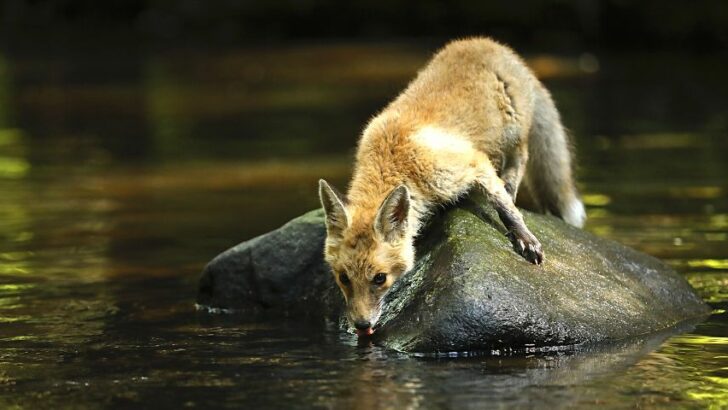
What Do Foxes Drink — The Best Answer
Foxes eat a wide variety of foods but what do foxes drink? They are omnivores that, when fully grown, happily munch their way through fruits, berries, rodents, small birds, carrion, and a host of others besides. With such an assortment of food choices, do foxes have an equal range in what they drink. What…
-
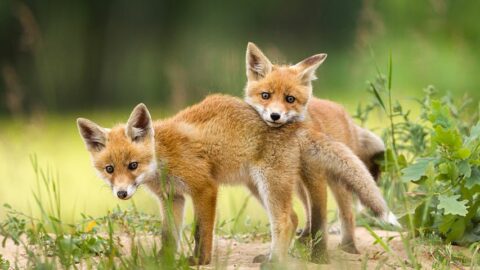
What Do Baby Foxes Eat? The Complete Answer
What do baby foxes Eat? Baby foxes (properly called kits, but it is also perfectly acceptable to call them pups or cubs) normally arrive in early spring after the worst of winter. So their parents – especially their mother – have a better chance of finding and providing healthy amounts of food. In virtually every…
-
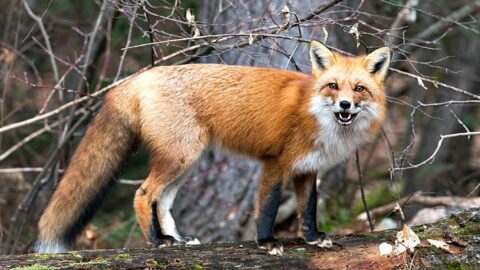
Fox Teeth – Everything You Need To Know
Animals in the wild require their teeth in prime condition always. They rely on their teeth to procure food either through hunting or grazing and they also use them to fend off potential predators. It’s worth taking a closer look at a foxes’ teeth given their place in the natural hierarchy and their diverse diet.…
-
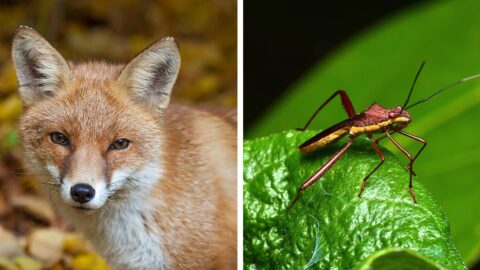
Do Foxes Eat Insects? A Big Surprise
Foxes are not picky eaters, to put it mildly. They eat all sorts of food, making them omnivores. Unlike their distant cousins, the coyote, foxes do not restrict themselves to a meat diet but will happily dig into whatever will sustain them, be it fruit, vegetable, earthworm, bird, or beast. With such an amazingly wide…
-
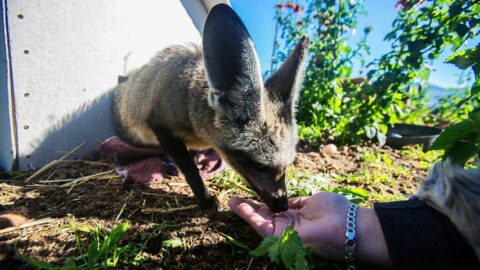
Do Foxes Eat Berries? The Best Answer!
When you picture a fox, you probably think of a cunning predator. After all, it’s an animal known for going after weaker prey and even scavenging carcasses. However, there is more to a fox’s diet than just animals. Unlike many other predators in the wild, foxes are more open to feeding on plants. Find out…
-
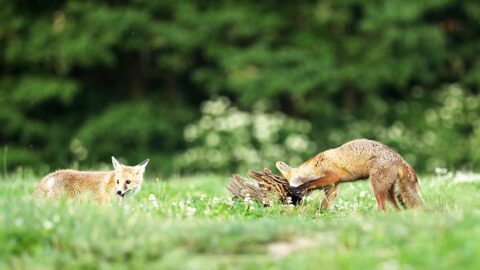
Will Foxes Eat Birds? That Doesn’t Surprise Me
Foxes are highly adept at surviving in the wild and you’ll see that in their habits. They are quick to flee in the face of danger and the speed of their scampering is hard to match. The way foxes approach food is also indicative of their remarkable survival skills. These creatures have the type of…
-
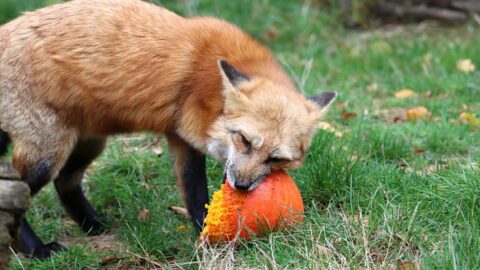
What Do Red Foxes Eat? A Surprising Variety
If you’ve ever encountered a fox in the wild, then chances are that you saw a red fox (Vulpes vulpes). Red foxes can be found living in forests, grasslands, mountains, and deserts. Others have already made their way into urban areas according to the National Wildlife Federation. Is the typical red fox’s diet affected by…
-

Do Fox Eat Fish? The Amazing Truth!
The habits of foxes are largely unknown to us because we only encounter these creatures in the wild. Even their eating preferences are topics of speculation for many people. You may be wondering about a typical fox’s diet. Just how diverse could it be? Find out the answer to that question and other topics related…
-
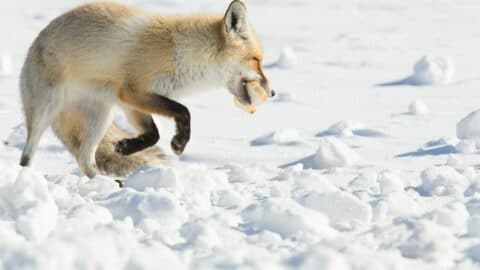
What Foxes Eat in the Winter — A Shocking Variety!
What Foxes Eat in the Winter you may ask? Unlike many other creatures, foxes do not hibernate in the winter according to All Things Foxes, which means they must undergo certain adaptations to survive during the cooler months of the year. This includes growing thicker fur, creating dens or burrows to shelter in, and, most…
-
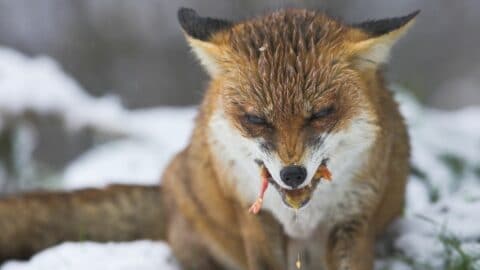
Do Foxes Eat Snakes? The Best Answer
There are few animals more elusive (or more adorable) than the fox. They have a somewhat tarnished reputation, primarily thanks to fairy tales, for snagging chickens and wreaking occasional havoc on farmlands. However, foxes aren’t as evil as some people make them out to be. They’re a fundamental part of the ecosystem as they can…
-
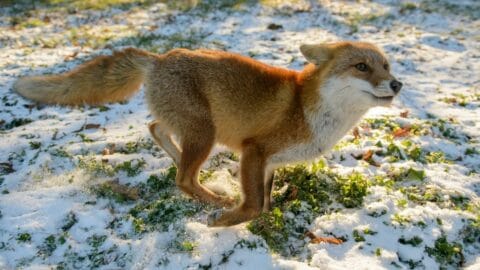
How Fast Foxes Run – Awesome!
Many words are used to describe foxes, but quick and sly are among two of the most popular. These beautiful wild animals are known for being fast, clever hunters that are, for the most part, quite good at outrunning their enemies. Personally, I love foxes, and I love learning about them, which is why I’ve…
-
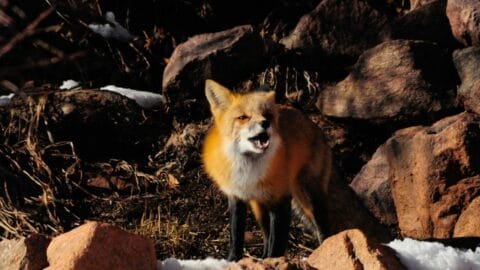
What Foxes Sound Like – Aha, Interesting!
When I first moved out to the country and into my homestead, I was quite shocked to hear a scream that sounded like someone was being murdered the first night. I knew this wasn’t really possible since my neighbors were quite far away from me. I had to investigate and wondered if it may be…
-

Why Do Foxes Scream? Wow! It’s Because…
Foxes are quite small and look like dogs, so it seems logical that they will make a sound like a dog, but higher pitched than other similar animals, doesn’t it? It’s because they do look like dogs that you may also expect a fox to bark. Appearances don’t always tell you what to expect, though.…
-
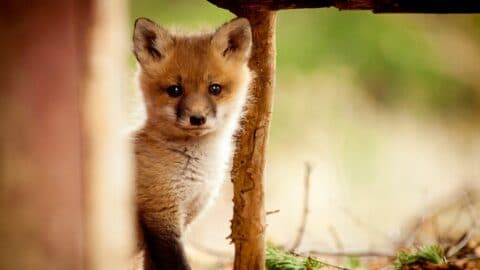
What Animals Eat Foxes? 13 Animals You Should Meet
In the area around my homestead, we often see and hear foxes. Luckily, I have predator-proofed my property to keep my bunnies and other animals safe so I’m not too worried about a fox finding its way inside (not to say I don’t regularly check my fencing and other predator deterrents). On one of my…
-

Will a Fox Eat a Cat? Maybe? Let’s See!
With the destruction of their habitat, foxes have been forced to live in suburban areas and even cities. This means they come in contact with household pets like cats. Since adult cats are about the same size as a fox, they are too big for most foxes to even dream about hunting. Kittens are small…
-
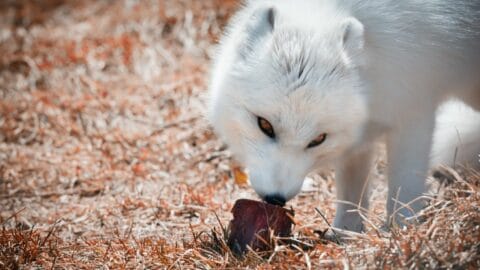
What Do the Arctic Foxes Eat? Really?
Arctic foxes (Vulpes lagopus), also called white foxes or polar foxes, eat just about anything they come across. Since they live in such a barren place as the Arctic, they cannot be finicky. They often cannot find food every day. As such, if you’re way too interested to know what these adorable arctic foxes eat,…
-
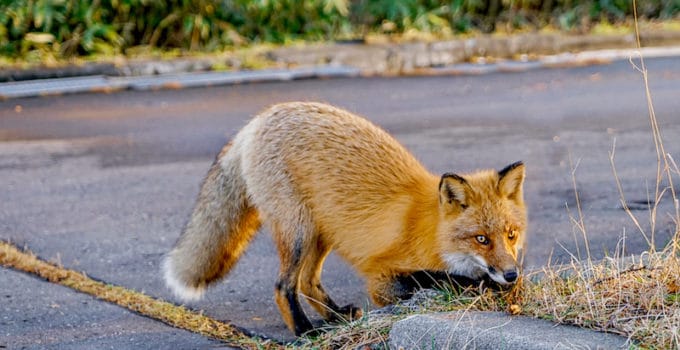
What Do Foxes Eat? The Red Fox Diet Explained
Usually represented in folklore as a cunning trickster, the fox is an intelligent animal. The true nature of the fox is quite conspicuous. Foxes are indeed intelligent and prefer to use that for their gain. They are lurking around as if more closely related to a cat. But what does this quick-witted creature stalk so…
